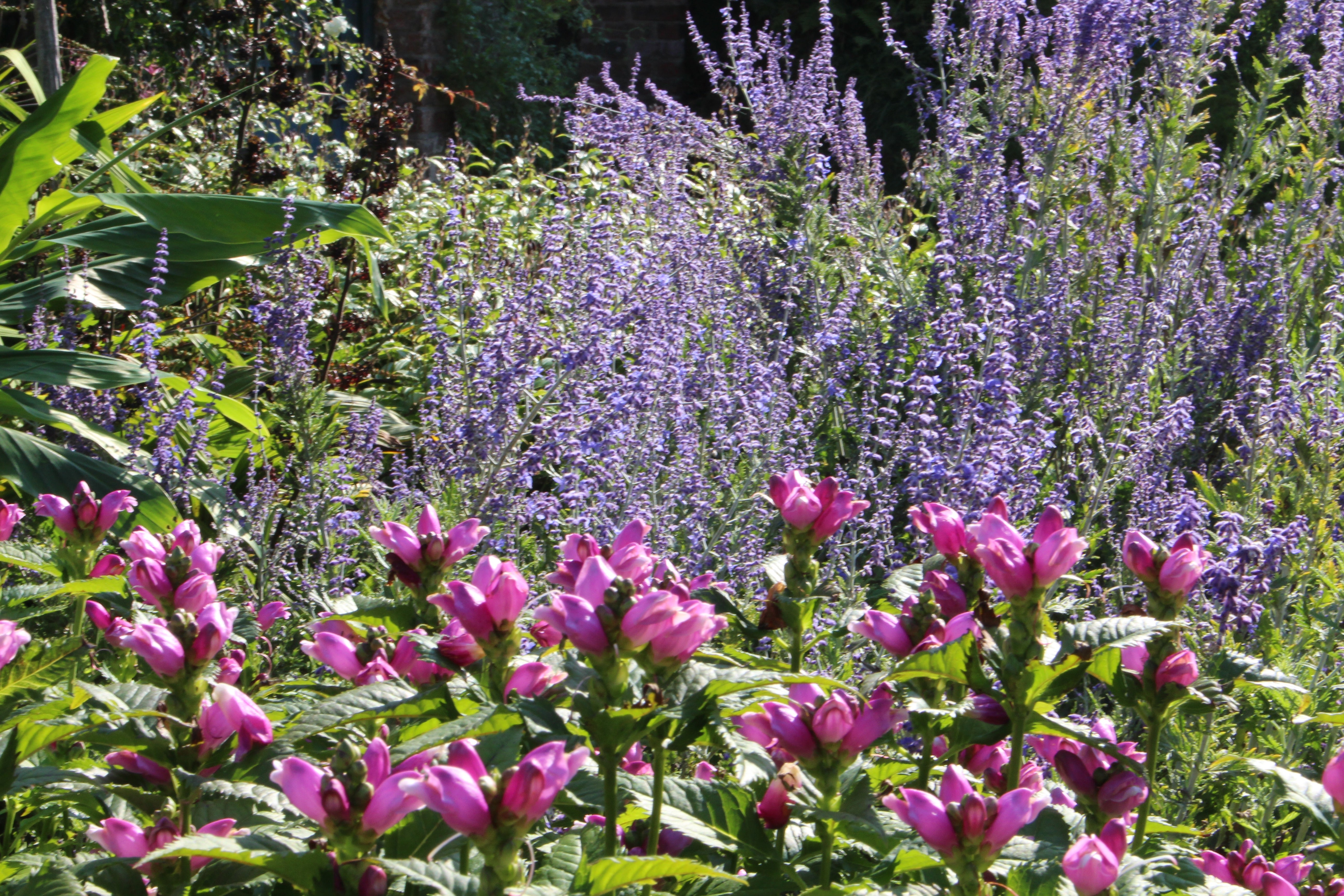Chelone obliqua
Approx. 0.5 litre pot
About this cultivar:
Chelone obliqua come with the common names Red turtlehead, Pink turtlehead, or Rose turtlehead, is an uncommon wildflower endemic to the United States. The three common names come from the bloom colours, yet they may even appear in other colours such as purple or white. When blooming, the flower is said to resemble the head of a turtle. Specific epithet means lopsided or oblique.
Chelone obliqua is a neat, versatile plant that adds a lush background to the perennial border. Its height makes it a perfect candidate for the last row in the flowerbed, where its slow but steady growth adds texture, and form to a garden’s composition. Try it in a problem area.
- Position: Full sun, partial shade
- Soil: Almost any soil, grows well in Ballyrobert
- Flowers: August, September, October
- Other features: Grows well in Ballyrobert, Bees and Butterflies
- Hardiness: H5 - Hardy in most places throughout the UK even in severe winters (-15 to -10°C), Fully hardy - grows well in Ballyrobert!
- Habit: Bushy, Clump forming
- Foliage: Deciduous
- Height: 60 - 90 cm (2 - 3 ft)
- Spread: 30 - 60 cm (1 - 2 ft)
- Time to full growth: 2 to 5 years
- Plant type: Herbaceous Perennial
- Colour: Pink, green
-
Goes well with: Geranium and Caryoptris. Ligularia, Astilbe, Lobelia, and Iris.
About this genus:
Chelone (keh-LOW-nee) is a genus of four species of perennial herbaceous plants in the plantain family (Plantaginaceae) first described by Carl Linnaeus in 1753. Native to eastern North America, they have turtle shaped flowers, In fact the name Chelone is from the greek for Turtle-like and the common name is Turtlehead. Depending on the species or cultivar flowers vary in colour from white to red, purple or pink. The foliage is often dark green.
In the wild, they grow on the edges of streams, lakes, bogs and wet thickets. In the garden they are hardy and easy to grow. They tolerate drought but like moisture - I would even go as far to say they are bog plants. They get to about 2-3 feet in height and flower from summer to autumn. Often they are used around vegetable gardens because rabbits and deer don't like them!
As for ornamental use I think Geranium and Caryoptris make good companion plants. However with their love of moist soils, they are ideal companions for Ligularia, Astilbe, Lobelia, and Iris.


















